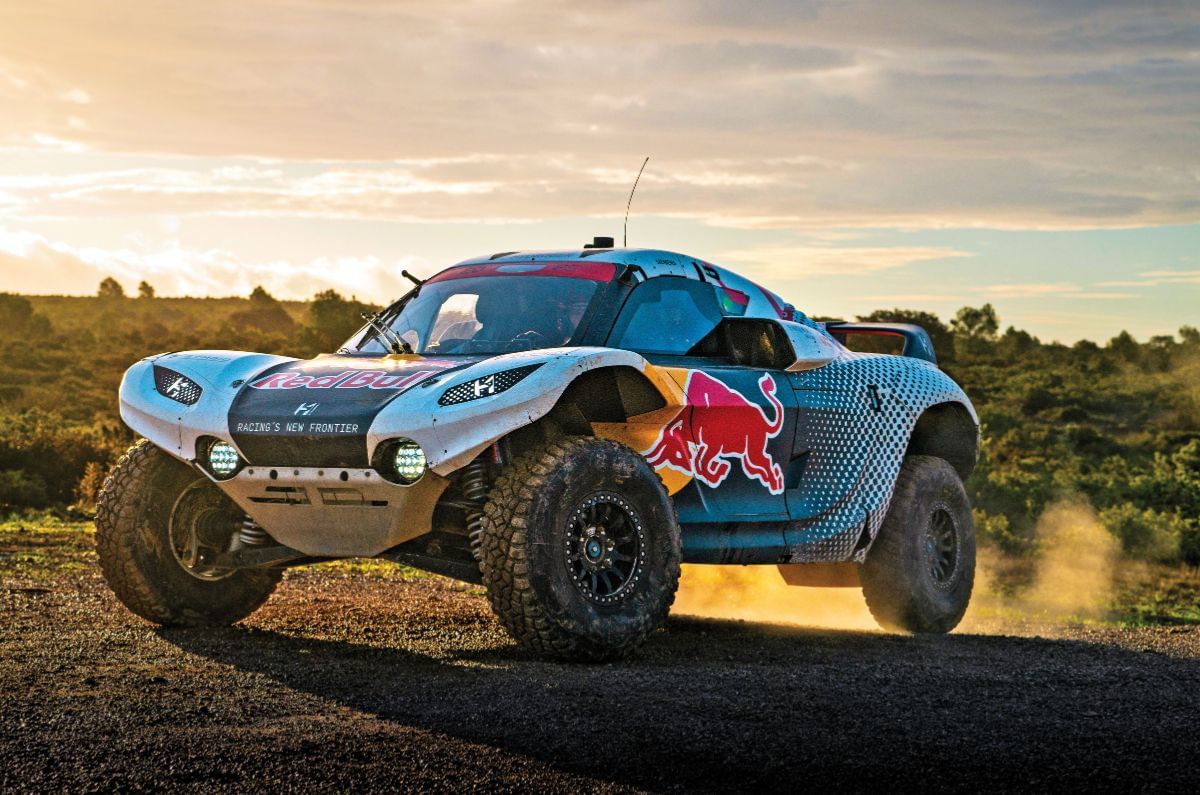
Extreme H hydrogen can demonstrate the reliability of fuel cells.
Hydrogen fuel cell can be one of the most developed and strictly tested motor vehicle technologies that never reaches mainstream production, but this does not mean that it will not happen still. The FIA Extreme H World Cup, a new off-road motorcyst championships kick off at the end of this year, its purpose is to showcase how capable of technology.
Not only its pioneer 25 cars will be powered by hydrogen fuel cells, which continuously consume hydrogen produced, but also in events, electrical activities that provide electricity activities on the site will also be produced using stable fuel cells.
Cars are based on extreme e electric off-road racers, using the same electric drivetrain but partially replaced by 75kw hydrogen fuel cell system with batteries. The stack is fuel by 2 kg of compressed hydrogen gas stored in two Toyota Mirai tanks 700 times.
Fuel cells are most suitable, which are best suited to provide a stable stream of power rather than transient bursting of motors needed, so there is a 325kw, 36kwh battery between the two, acting as a buffer. Working on the 450V-850V, the battery gave two 272hp motors the power to run the front and back, leading to a total of 543hp. The top speed is 200kph, and despite the car weighs 2,200 kg, takes 0–100kph 4.5 seconds.
The fuel cell stack of the symbio can be replaced by a race team.
The fuel cell is supplied by symbio, but its purpose is to allow teams to use their own fuel cell system if they want.
The battery comes from Fortscue Wee, which opened a technical center in Kiddington, Oxfordshire in 2023 and also provided that extreme e. Battery for extreme H battery will also be provided, but they have a slightly lower capacity than people used in extreme E, as the main power source is now fuel cell.
With extreme E, cars are manufactured by spark racing technology, which is based on tigry outside Paris. Each is 6 meters long, with the same wheelbase with 3.2 m (so BMW 7 series) and is based on a tubular spaceframe chassis with front impact structures.
Pioneer 25 passed its mandatory FIA Chesis Crash Test last year. Compared to an extreme e-car, pioneer 25 has a strong chassis, additional carbon-composed crash structures on the hydrogen tank on either side of the car and energy-absorbed overall structures.
The high and low pressure hydrogen system was fitted during tests, and both were completely pressurized to ensure that neither the pressure would lose. Cars also completed the FIA flexibility test for tanks and batteries before testing, so the race chain fuel cell technology should have a good performance of strengthening, given that given the pounding they would do.
See also:
Tech Talk: Remote-Control Cars are being sufficient
Tech Talk: Recruitment of rare earth elements in electric vehicle motors